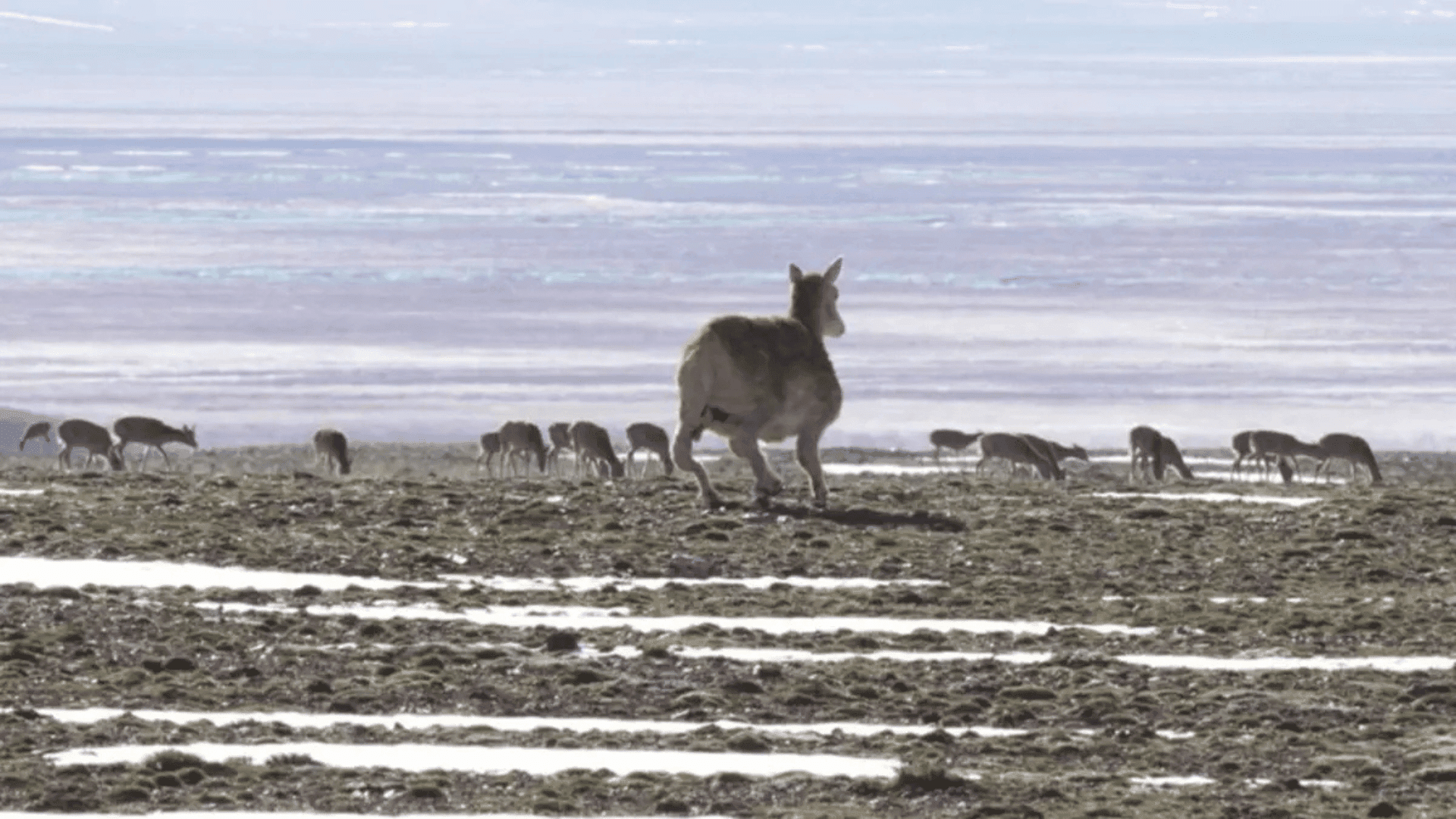A robotic Tibetan antelope equipped with 5G ultra-low latency networks and AI is roaming the wilderness of the Hoh Xil National Nature Reserve, collecting real-time data on Tibetan antelope populations without disturbing them.
The Robotic Animal Tracking Wildlife

The robot was deployed in a high-altitude site that reaches more than 15,092 feet (4,600 meters) above sea level, allowing researchers to monitor wildlife in a challenging environment in a way never previously accomplished.
Designed to appear similar to a real Tibetan antelope, the robot has similar fur color and body shape to its animal counterpart. The robo-antelope was reportedly able to blend into herds, allowing researchers to observe the animals’ natural behavior up close more reliably than traditional human observation.
DEEP Robotics designed the robot to operate in rugged terrain, though it doesn’t move as swiftly or smoothly as a real Tibetan antelope. It can navigate steep slopes, muddy wetlands, and rocky ground. It can function up to 1.2 miles away (2 kilometers) from its control point in open areas.
Using videos captured by the robot, researchers can analyze herd size and movement to better understand the species’ migration patterns. This data could also help prevent road collisions, as the system sends early warnings when it detects any antelopes approaching a road.
The system can also be used to track feeding patterns and the growth of young antelopes in real time. Collected data is then transmitted instantly using 5G networks to a backend platform.
The reports generated by the robot antelope offer valuable insights into species research and could help researchers develop effective conservation strategies. This project could lead to more AI-powered wildlife observation robots for remote or difficult habitats worldwide.
Qiupei Zhaxi, an official from Sanjiangyuan National Park’s Hoh Xil administration, said using robots and AI has made conservation work more efficient, environmentally friendly, and humane.







